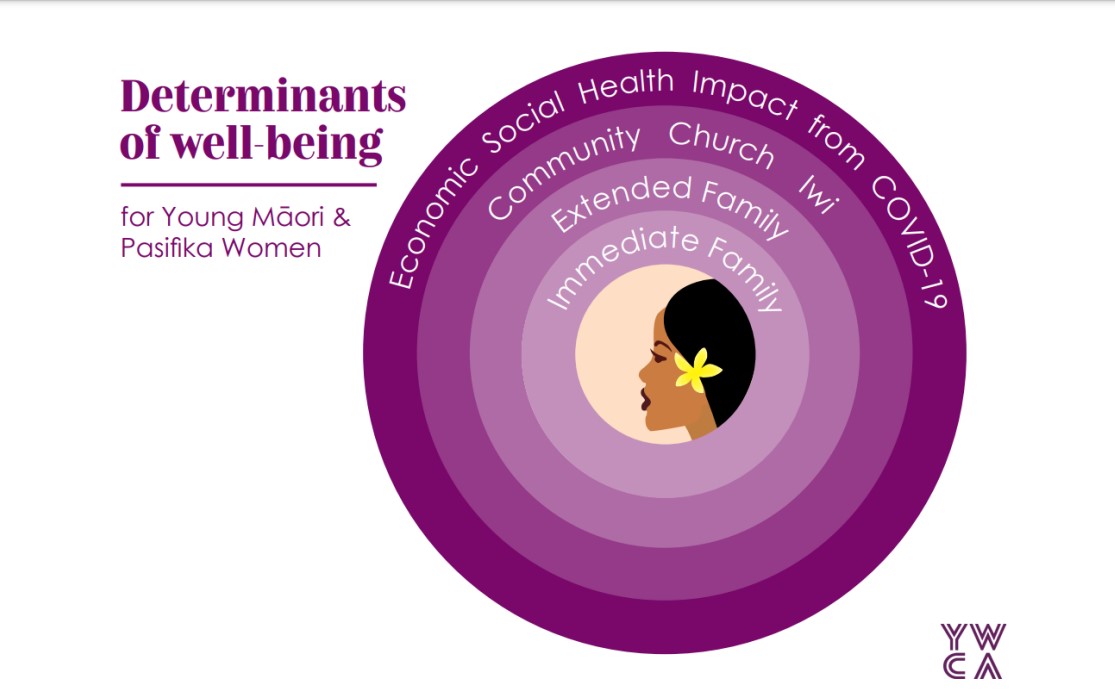Digital health and Universal Health Coverage: Opportunities and policy considerations for low- and middle-income Pacific Island countries and territories
Abstract
Introduction: Providing affordable, accessible, quality health services is critical to attaining Universal Health Coverage (UHC). Despite this, progress in many Pacific Island countries and territories could be faster. Digital health is an advancement in information communication technology that is anticipated to change health care delivery.
Methods: A systematic review of the literature and 5-years of Pacific Heads of Health, Pacific Health Ministers, and WHO’s (Western Pacific) Regional Committee meeting reports was conducted. In addition, an umbrella review of the literature pertaining to digital health's use to address health systems challenges in low-and middle-income countries was undertaken and key-informant interviews with policymakers, digital health managers, technical advisors, development specialists, and donors were held. Data was thematically analysed using an inductive approach. Finally, a series of consultations were held with Pacific Health Information Network members to test findings and refine recommendations.
Results/Discussion: Four broad UHC-related challenges and associated priority digital health responses were identified. The challenges identified were a need to: (i) build systems for the collection and timely exchange of health data to support clinical management and health system planning; (ii) address barriers to accessing quality health care services (particularly in rural areas); (iii) improve mechanisms for communication between health staff and functions of the health system, and (iv) address workforce training and essential skills development. Priority digital health responses identified include electronic health and patient information systems, telehealth, digital stock and supply chain management systems, technology-supported collection and linkage of population data, digitally enabled health worker-to health-worker communication and digital clinical decision-making.
Conclusion: While digital health can enhance health system function through accelerated access to and exchange of information, it does not replace fundamental health systems components such as a sufficient skilled health workforce, supply chains, health reporting, financing, or governance. Where adopted appropriately, digital health offers opportunities to improve the efficiency and effectiveness of established health enterprises and improve access to equitable and quality health care.
Copyright (c) 2023 Adam Craig, Kristen Beek, Myron Godinho, Sameera Ansari, Jitendra Jonnagaddala, Nima Asgari-Jirhandeh, Christine Linhart, John Hall, Siaw-Teng Liaw

This work is licensed under a Creative Commons Attribution 4.0 International License.


